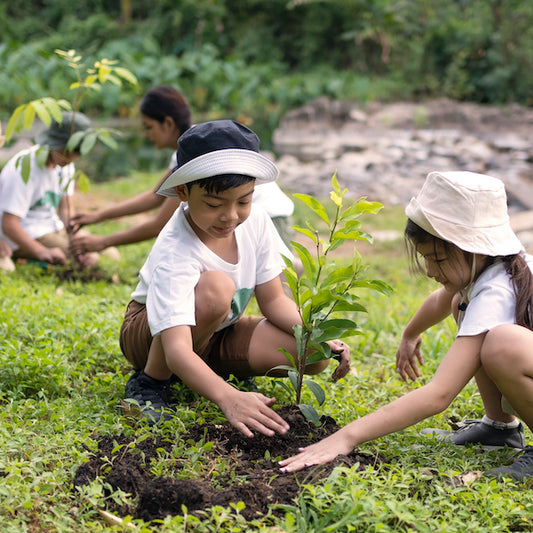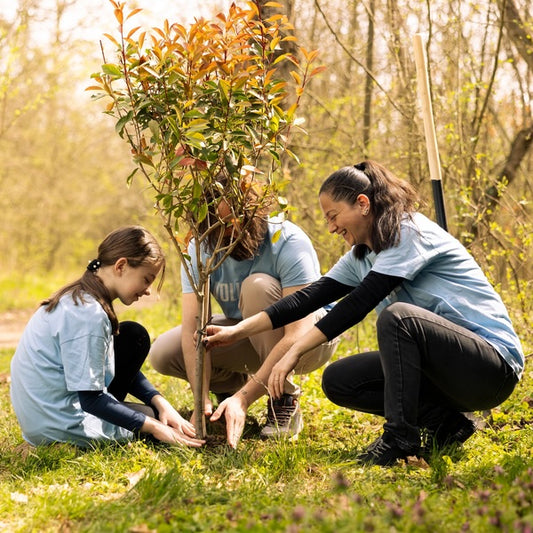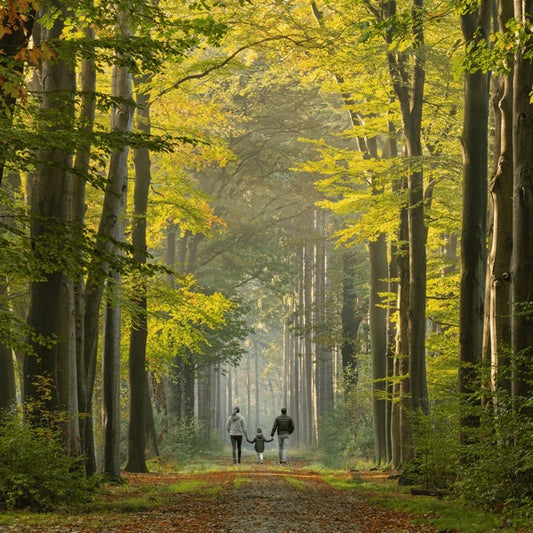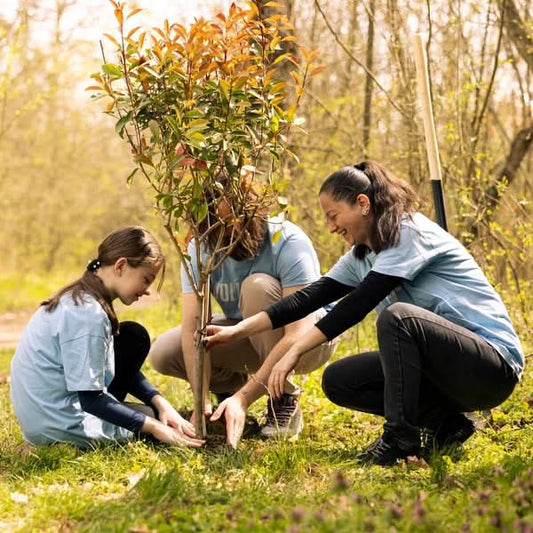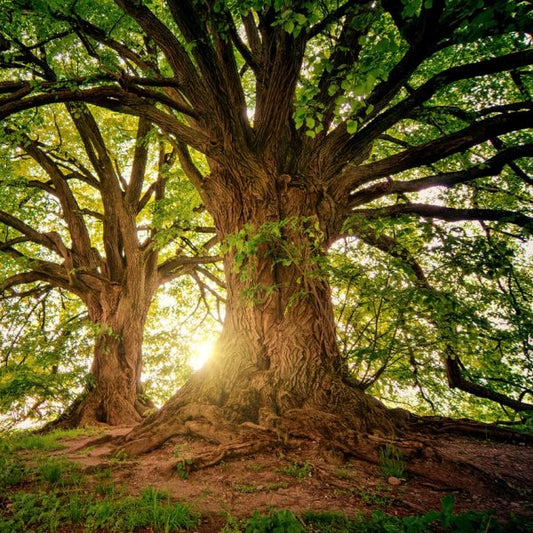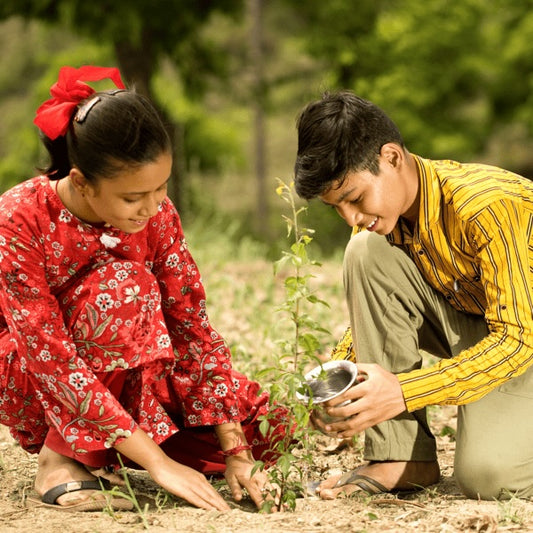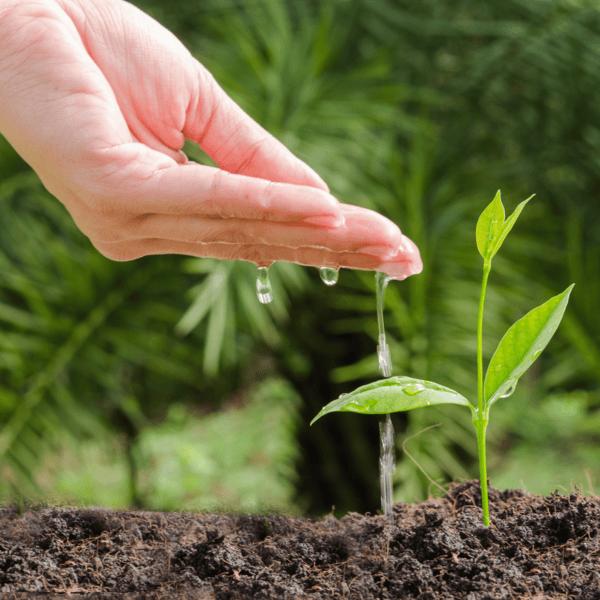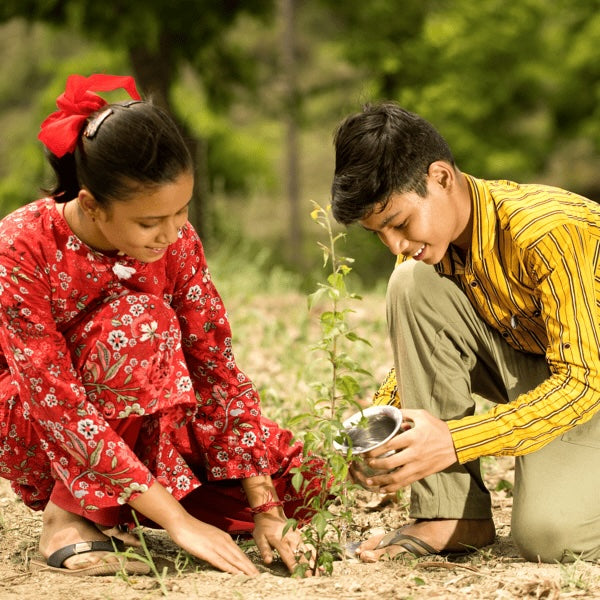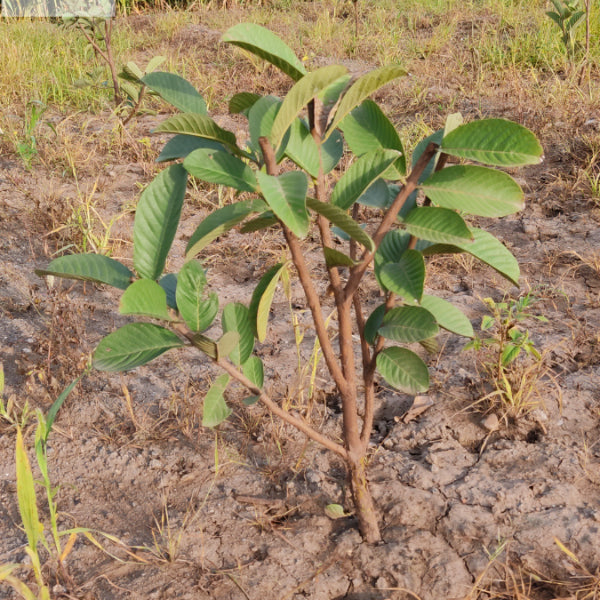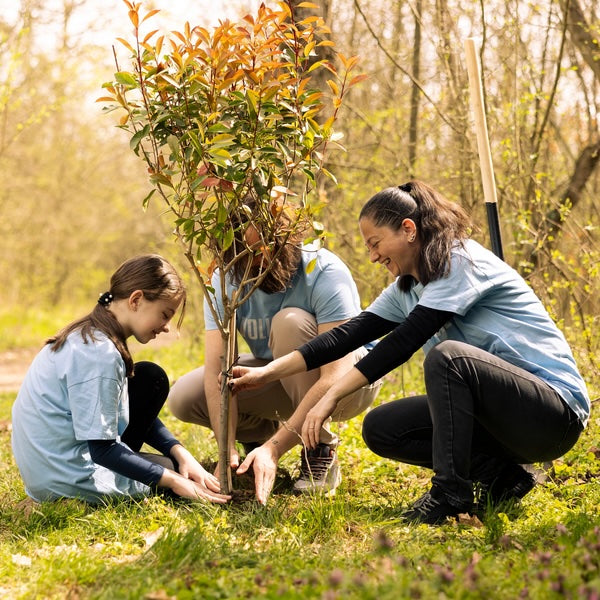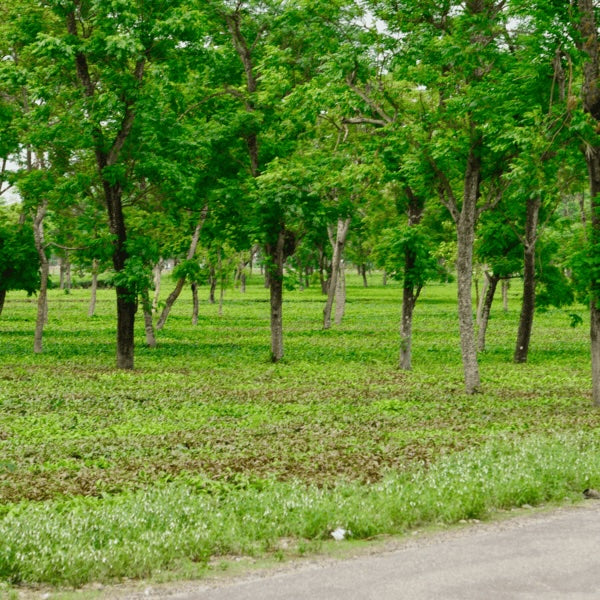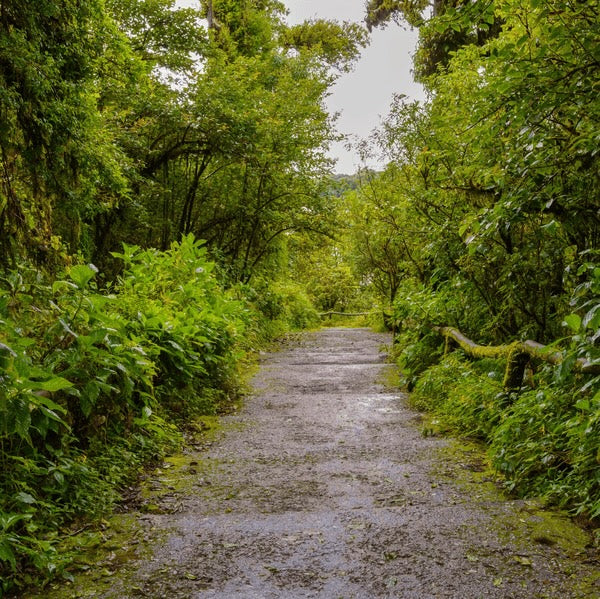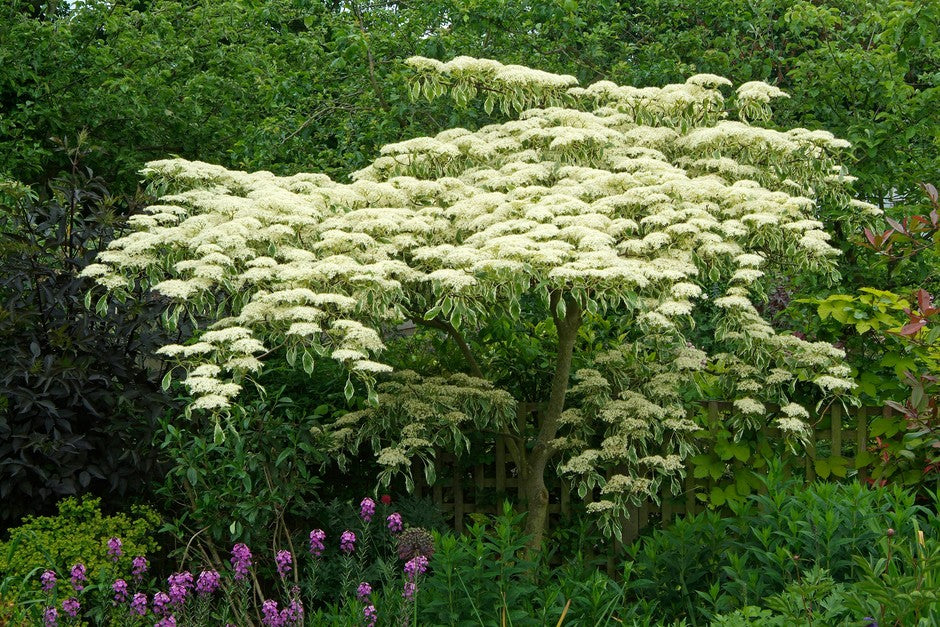

The dogwood tree, known for its stunning seasonal displays and vibrant foliage, is a favorite among gardeners and nature enthusiasts alike. With its delicate blooms in spring, rich green leaves in summer, and striking red berries in fall, the dogwoo Read more
Trending
Trees for Corporates
Dogwood Tree: The Ultimate Guide to Planting, Care, and Stunning Seaso
The dogwood tree, known for its stunning seasonal displays and vibrant foliage, is a favorite among gardeners and nature enthusiasts alike.
With its delicate blooms in spring, rich green leaves in summer, and striking red berries in fall, the dogwood tree is a versatile addition to any landscape. This ultimate guide will cover everything you need to know about planting, caring for, and enjoying the beauty of dogwood trees.
Scientific Classification and Varieties
The dogwood tree belongs to the genus Cornus, which includes over 30 species. The most popular varieties include:
- Flowering Dogwood (Cornus florida): Native to eastern North America, this species is renowned for its beautiful white or pink bracts that surround small clusters of flowers.
- Pagoda Dogwood (Cornus alternifolia): This tree features tiered branches and produces small white flowers, followed by blue-black fruit.
- Chinese Dogwood (Cornus kousa): With its unique flowering pattern and attractive bark, this species blooms later in the season, offering a different aesthetic.
Planting Your Dogwood Tree
Choosing the right time and location for planting your dogwood tree is crucial for its growth and development. Here’s a step-by-step guide to ensure success:
1. Ideal Location
Dogwoods thrive in well-drained, loamy soil with a pH level between 5.0 and 7.0. They prefer partial shade but can tolerate full sun, especially in cooler climates. Avoid planting in areas with heavy clay or overly wet soil, as this can lead to root rot.
2. Planting Time
The best time to plant dogwoods is in the early spring or fall when temperatures are cooler. This allows the roots to establish before the heat of summer or the cold of winter.
3. Planting Process
- Dig a hole that is twice as wide as the root ball and equal in depth.
- Gently remove the tree from its container and loosen any tightly bound roots.
- Place the tree in the center of the hole, ensuring that the top of the root ball is level with the surrounding soil.
- Backfill the hole with soil, patting it down lightly to eliminate air pockets.
- Water thoroughly to help settle the soil around the roots.
- Apply a layer of mulch to retain moisture and suppress weeds.
Care and Maintenance
Once your dogwood tree is planted, proper care is essential for its health and longevity. Here are some key aspects of dogwood care:
1. Watering
Dogwoods require consistent moisture, especially during their first few years of growth. Water deeply once a week, providing about 1 inch of water. During dry spells, increase watering frequency.
2. Fertilization
Fertilize your dogwood tree in early spring with a balanced, slow-release fertilizer. Avoid over-fertilizing, as this can lead to excessive leaf growth at the expense of blooms.
3. Pruning
Prune your dogwood tree in late winter or early spring before new growth begins. Remove any dead or diseased branches and thin out crowded areas to improve air circulation.
4. Pest and Disease Management
Dogwoods can be susceptible to various pests and diseases, including:
- Dogwood Anthracnose: A fungal disease that causes leaf spots and dieback. Proper spacing and pruning can help improve air circulation and reduce humidity.
- Scale Insects: These pests can weaken trees by sucking sap. Insecticidal soap or horticultural oil can be effective treatments.
Stunning Seasonal Blooms
One of the most captivating features of dogwood trees is their seasonal blooms. Here’s a closer look at what to expect throughout the year:
Spring
In spring, dogwoods burst into bloom with delicate white or pink bracts that can last for several weeks. The flowers attract pollinators, including bees and butterflies, making them a vital part of the ecosystem.
Summer
During the summer months, dogwood trees are adorned with lush green foliage. The leaves provide shade and habitat for various wildlife, while the tree’s structure adds visual interest to your landscape.
Fall
As autumn approaches, dogwoods showcase vibrant red and purple foliage. The tree also produces clusters of bright red berries, which serve as a food source for birds and other wildlife.
Winter
Even in winter, dogwoods maintain their charm with interesting bark patterns and structure. The bare branches can create a stunning silhouette against a snowy backdrop.
Environmental Impact
Dogwood trees play a significant role in their ecosystems. They provide habitat and food for various species, including birds, insects, and mammals. Additionally, dogwoods contribute to carbon sequestration, helping to mitigate climate change by absorbing carbon dioxide from the atmosphere.
Moreover, planting dogwood trees improves soil quality and prevents erosion. Their roots help stabilize the soil, while their leaves provide organic matter when they fall, enriching the earth beneath them.
Fun Facts About Dogwood Trees
- The dogwood tree is the state tree of Virginia and the state flower of North Carolina.
- In Christian tradition, the dogwood tree is associated with the crucifixion of Jesus. Legend has it that the tree was once a large tree used to make the cross, and as a result, it was cursed to remain small and twisted.
- Dogwoods are known for their unique flowering patterns, where the bracts (modified leaves) can sometimes be mistaken for petals.
- The wood of the dogwood tree is dense and durable, making it a popular choice for crafting items like tool handles and inlays.
Community Involvement: Grow Billion Trees Partners
In recent years, organizations like Grow Billion Trees have taken significant initiatives to promote tree planting and environmental sustainability. They partner with local communities to execute tree-planting projects, which often include dogwood trees due to their ecological benefits and aesthetic appeal.
Grow Billion Trees employs a multi-faceted approach to execute and promote their projects:
- Education and Awareness: They conduct workshops and seminars to educate communities about the importance of trees, including dogwoods, in combating climate change and maintaining biodiversity.
- Community Engagement: By involving local residents in tree-planting events, they foster a sense of ownership and responsibility towards the environment.
- Partnerships: Collaborating with schools, local governments, and environmental organizations, they create a network of support for their initiatives.
- Monitoring and Maintenance: After planting, Grow Billion Trees ensures that the trees are cared for and monitored for growth, health, and sustainability.
Conclusion
The dogwood tree is more than just a beautiful addition to your garden; it is a vital part of our ecosystem.
By understanding how to plant and care for these trees, you can enjoy their stunning seasonal blooms while contributing to environmental health. Whether you are planting a single dogwood in your backyard or participating in community initiatives like Grow Billion Trees, every effort counts towards creating a greener planet.
So, roll up your sleeves, dig into the soil, and let the beauty of dogwood trees bloom in your life!
You may also like
Corporate Plantations
Dogwood Varieties
If you thought all Dogwoods were created equal, think again! From the show-stopping Flowering Dogwood to the majestic Pacific Dogwood, each variety brings its own flair to the garden party. Whether you prefer the classic white blooms or the blush of pink, there’s a Dogwood to match your aesthetic. Embrace your inner plant parent by selecting the perfect variety to make your landscape the talk of the neighborhood.
Planting Tips
Ready to dig into some gardening? Planting a Dogwood tree is like hosting a housewarming party for nature! Choose a cozy spot with well-drained soil and a little shade, and your Dogwood will thank you with stunning blooms. Just remember, it’s not about how deep you dig, but how well you prepare the soil—think of it as creating a luxurious bed for your new leafy friend.
Watering Wisdom
Watering a Dogwood tree isn’t just a chore; it’s a delicate dance! These beauties love consistent moisture, especially in their early years. Think of it as giving your tree a spa day—deep watering once a week will keep your Dogwood feeling fresh and fabulous. Just be sure to let the soil dry a bit in between; nobody likes soggy roots!
Mulching Magic
Mulch is like a fashionable accessory for your Dogwood tree. A 2-3 inch layer not only keeps the soil cozy and moist but also suppresses those pesky weeds trying to crash the party. Just remember to keep it away from the trunk—no one wants a tree with a moldy turtleneck!
Fertilizing Fundamentals
When it comes to feeding your Dogwood, think of it as a gourmet meal. In early spring, treat your tree to a balanced, slow-release fertilizer, giving it the nutrients it craves to thrive. Follow the manufacturer's instructions like a recipe, and soon you’ll have a flourishing tree that’s the envy of the block.
Pruning Perfection
Pruning a Dogwood tree is like giving it a stylish haircut—just the right snip can enhance its natural beauty! Aim for late winter or early spring to shape your tree and remove any dead branches. But beware of over-pruning; your Dogwood has a unique charm that shouldn’t be hidden under excessive clipping!
Pest Patrol
Dogwoods may be stunning, but they can attract pests and diseases that threaten their beauty. Keep an eye out for aphids and watch for signs of powdery mildew. Treat infestations promptly with the right insecticides or fungicides, ensuring your tree remains the belle of the botanical ball!
Seasonal Splendor
Who doesn’t love a tree that changes with the seasons? In spring, Dogwoods burst into a riot of color with their captivating blooms, while in fall, their foliage transforms into a tapestry of reds and purples. This seasonal spectacle not only beautifies your garden but also attracts pollinators and wildlife, making your yard a vibrant ecological hub.
Cultural Significance
The Dogwood tree isn’t just a pretty face; it’s steeped in history and symbolism! Often associated with the crucifixion of Jesus, legends tell of its transformation from a towering tree to a smaller version, forever reminding us of resilience and beauty. So, when you plant a Dogwood, you’re not just adding greenery; you’re inviting a piece of history into your garden.
Environmental Benefits
Planting a Dogwood tree is like giving Mother Nature a high-five! These trees provide essential habitat for wildlife, prevent soil erosion, and improve air quality by filtering out pollutants. Plus, they play a role in carbon sequestration, helping to combat climate change. It’s a win-win for both your garden and the planet!
Community Involvement
Organizations like Grow Billion Trees Partners are on a mission to make the world greener, one tree at a time! By engaging local communities in tree-planting initiatives, they foster a sense of responsibility towards the environment. Join the movement and become part of a collective effort to beautify our planet—after all, it’s the little actions that lead to big changes!
FAQ
What is a Dogwood tree?
The Dogwood tree, scientifically known as Cornus, is a stunning ornamental tree famous for its beautiful blooms, unique foliage, and resilience. It’s not just eye candy; it’s a symbol of beauty and strength, making it a favorite among gardeners and nature lovers alike.
How do I plant a Dogwood tree?
Planting a Dogwood tree is like hosting a garden party—choose the right location, prepare the soil, and give it plenty of space to grow. Dig a hole, place the tree in, backfill, and water it well. Voila! You’ve got a new leafy friend.
What type of soil do Dogwood trees prefer?
Aim for slightly acidic to neutral soil for optimal growth.
How much sunlight do Dogwood trees need?
Dogwoods are like introverts; they thrive in partial shade but can tolerate full sun. In hotter climates, they’ll appreciate a little break from the sun’s rays. So, find that sweet spot where they can bask without burning!
How often should I water my Dogwood tree?
Watering is key to a happy Dogwood. During the first few years, give it a deep drink once a week, letting the soil dry out a bit in between. If it’s dry out there, don’t be shy—up the watering frequency to keep your tree thriving.
When is the best time to prune a Dogwood tree?
Pruning should be done in late winter or early spring, just before the tree wakes up from its winter nap. Remove any dead or damaged branches and shape it up a bit. Just remember, don’t go overboard—Dogwoods have a naturally attractive form!
What pests and diseases affect Dogwood trees?
Dogwoods can attract pests like aphids and fall victim to diseases such as powdery mildew and dogwood anthracnose. Keep an eye out and treat any infestations promptly. Remember, a little vigilance goes a long way in keeping your tree healthy!
When do Dogwood trees bloom?
Dogwoods put on their floral show in spring, typically from April to May. The blooms can be white, pink, or red, depending on the species. These aren’t just pretty faces; they attract pollinators, making your garden a buzzing hotspot for bees and butterflies.
What are the environmental benefits of Dogwood trees?
Dogwoods are the unsung heroes of the ecosystem! They provide habitat and food for wildlife, help prevent soil erosion, and improve air quality. Plus, they absorb carbon dioxide, making them a green ally in the fight against climate change.
What is the historical significance of Dogwood trees?
Dogwoods are steeped in legend, particularly in Christian tradition, where they’re associated with the crucifixion of Jesus. Once tall and mighty, they were said to be cursed to remain small. This makes them not just trees, but symbols of resilience and beauty.
How can I get involved in tree planting initiatives?
Organizations like Grow Billion Trees Partners are leading the charge in tree planting initiatives. You can join local events, attend workshops, or simply spread the word about the importance of trees. Get your hands dirty and help create a greener future!
Most Popular
Connect with us
-
👥 Corporates
If you are looking for:
- 🌲 Tree Plantation Events
- 📊 CSR Projects
📧 corporate@growbilliontrees.com
📞 +91 9699723523
💬 +91 9325931304 WhatsApp (Only)
🕒 Mon - Sat | 10am - 7pm IST
-
🧩 Tree Plantation NGOs
If you are looking for:
- 💰 Financial Assistance
- 🤝 Operational Support
📧 support@growbilliontrees.com
📞 +91 9699723523
💬 +91 9325931304 WhatsApp (Only)
🕒 Mon - Sat | 10am - 7pm IST
-
🌼 Individuals
If you are looking for:
- 👥 Group Tree Plantation Drive
- 🌳 Bulk Tree Plantation
📞 +91 9699723523
💬 +91 9325931304 WhatsApp (Only)
🕒 Mon - Sat | 10am - 7pm IST

